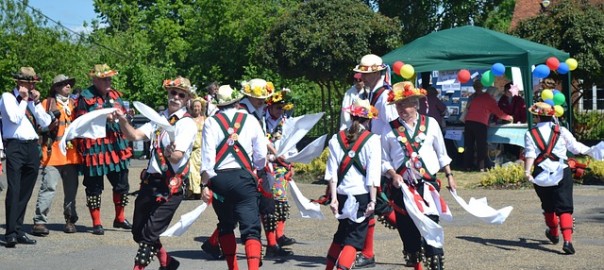D
Morris Dancing is a popular pastime with pensioners in rural areas and enables them to keep alive a traditional part of English culture while also waving large sticks and drinking a lot.
The origins of Morris Dancing go back to the 14th century, when it was performed on feast days to distract peasants from the fact that they weren’t given anything to eat – a subterfuge which rarely worked and usually culminated in the nearest squire being drowned in his own moat.
By Victorian times, it had evolved into six different styles, including Cotswold, Border and the short-lived William Morris dancing, in which participants struck one another with rolls of arts and crafts wallpaper. Thereafter, it suffered a long period of decline until the last surviving troupe of dancers in the Mendip Hills was filmed for Pathé News in 1957. Within a few years, several conservation projects had been set up to train and release dancers into country pub car parks where they could be encouraged to perform in return for beer, root vegetables and ridicule.
The All England Morris Dancing Tournament has also been revived and in 2013, the dancers of Much Shuffling in Gloucestershire were crowned champions for their interpretation of a Morris Minor struggling up a small incline, accompanied by musicians playing slughorns and hautboys.
Morris Dancing is unrelated to Boris Dancing, in which the participants hang from a zip wire, wave their legs about and look like a complete thimblewit.

